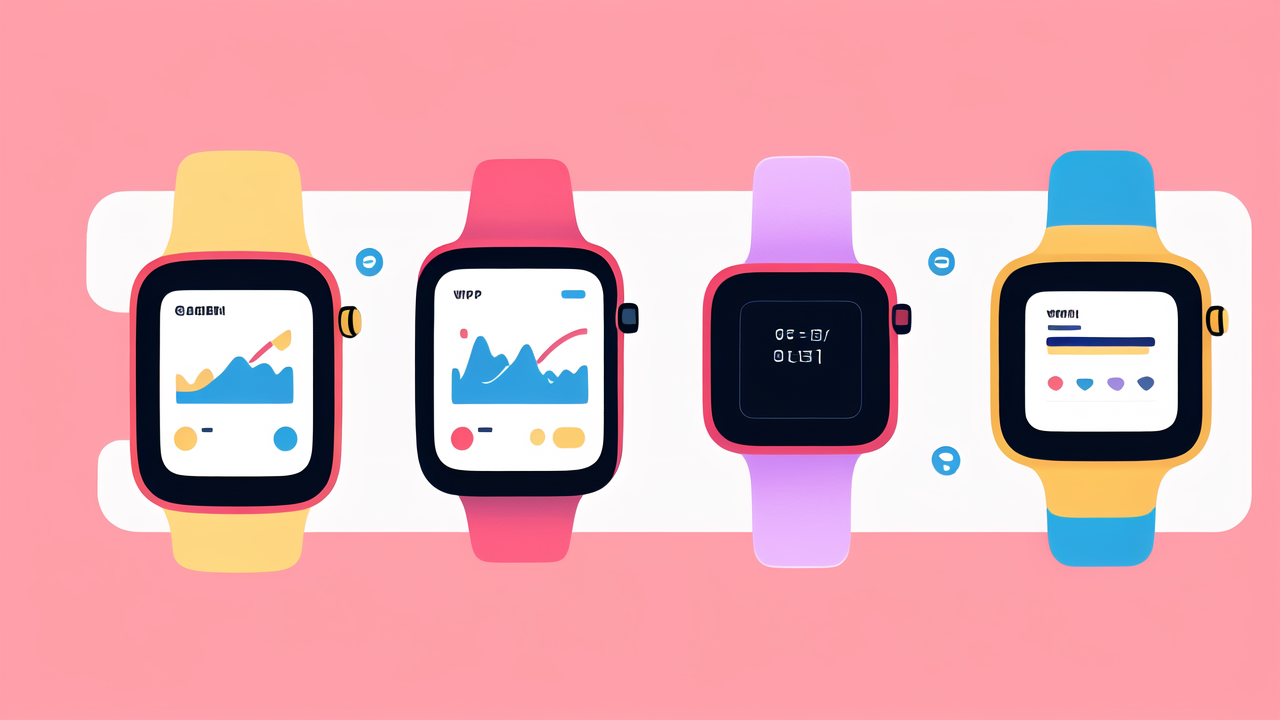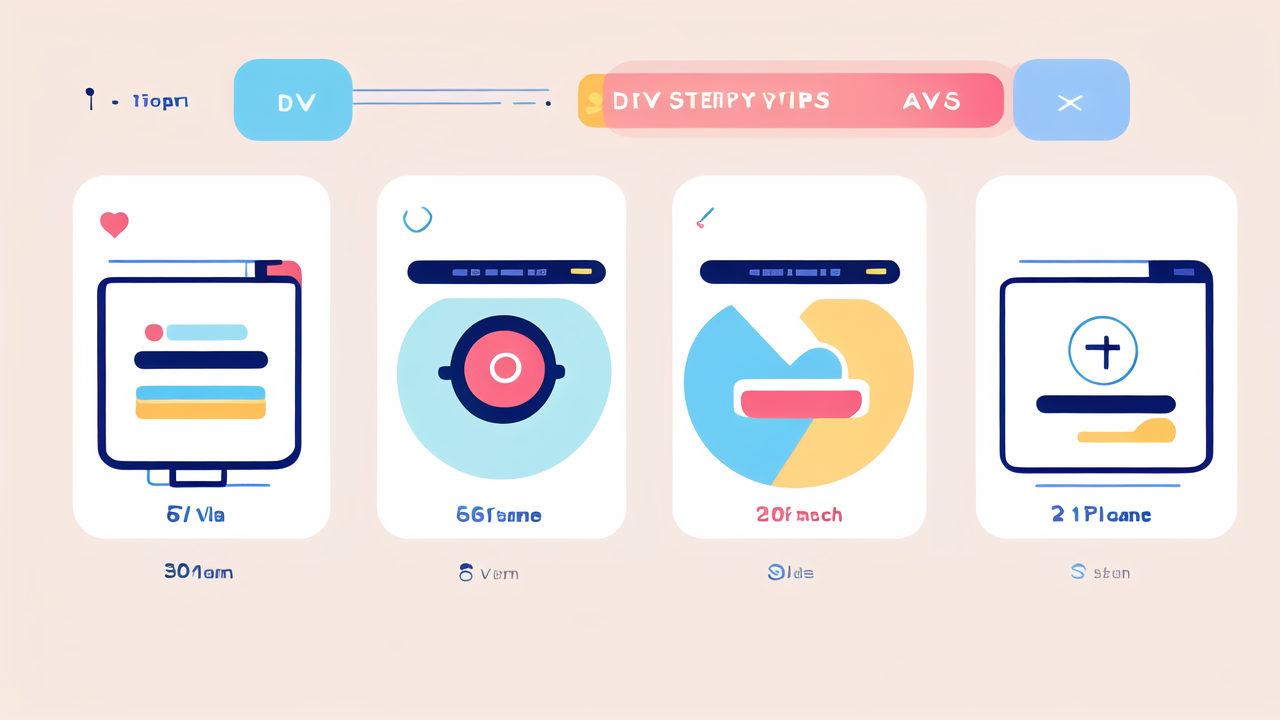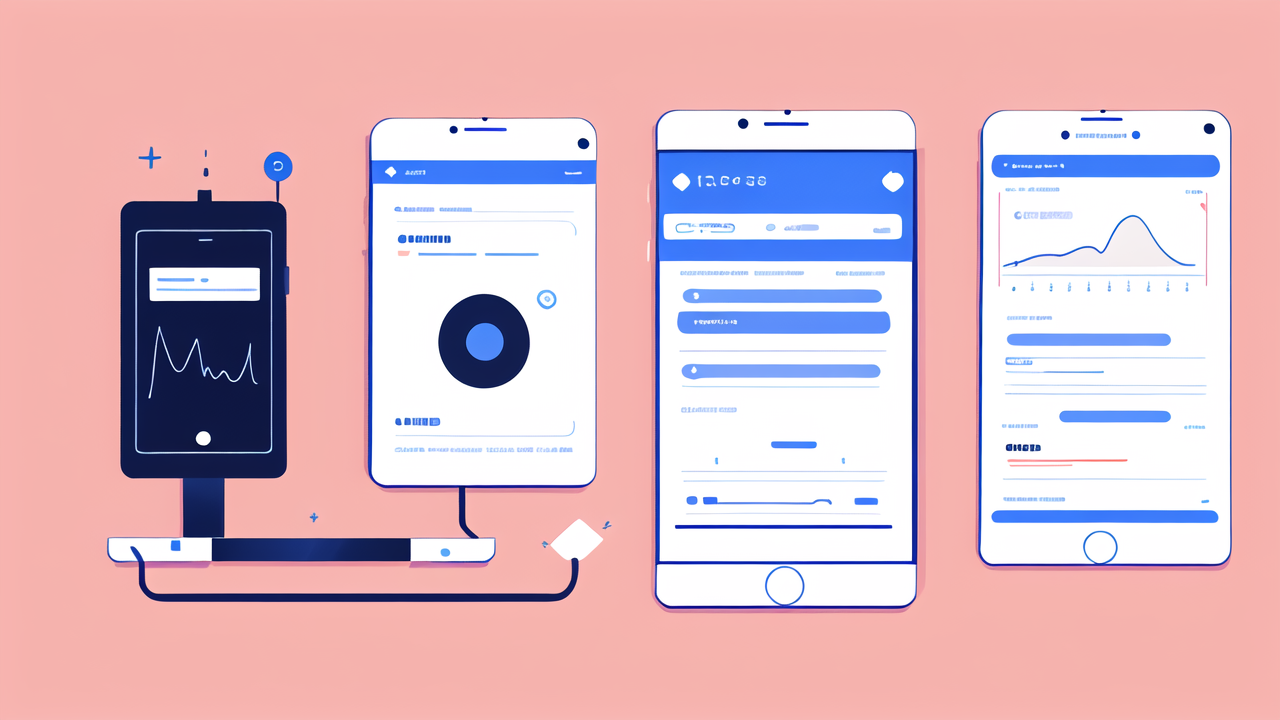Understanding the Role of Smartwatches in Fitness and Wellness
The Evolution of the Smartwatch Industry
Smartwatches have come a long way since their inception. They started as simple digital watches with basic functions. Now, they're powerful fitness tools. The industry has grown rapidly, driven by tech advances and consumer demand.

Early smartwatches focused on notifications and basic tracking. Today's models offer advanced health monitoring. They can track heart rate, sleep patterns, and even blood oxygen levels. This evolution has made smartwatches essential for fitness enthusiasts.
The market has expanded with more brands entering the scene. This competition has led to better features and lower prices. Smartwatches are now more accessible to a wider range of users.
Key Features of Modern Body Measurement Tracker Smartwatches
Modern smartwatches are packed with features for fitness tracking. Here are some key capabilities:
- Heart rate monitoring
- GPS tracking
- Step counting
- Sleep analysis
- Calorie burn estimation
- Workout detection
- Water resistance
- Body composition analysis
These features help users get a complete picture of their health. Many watches also offer stress tracking and guided breathing exercises. Some even include ECG functions for heart health monitoring.
Battery life has improved, with some models lasting over a week. This means less charging and more tracking. Most watches also sync with smartphones for easy data access.
The Integration of Smartwatches with Fitness Regimens
Smartwatches have become integral to many fitness routines. They provide real-time data during workouts. This helps users stay on track with their goals. Many watches offer guided workouts and training plans.
Users can set custom goals and receive reminders to move. This encourages consistent activity throughout the day. Smartwatches also track progress over time. This helps users see improvements and stay motivated.
Some watches integrate with fitness apps and online communities. This allows for sharing achievements and competing with friends. The social aspect can boost motivation and accountability.
Top Smartwatches for Fitness Enthusiasts in the United States
Criteria for Selecting the Best Fitness Smartwatches
Choosing the right smartwatch depends on several factors. Here are key criteria to consider:

- Accuracy of sensors
- Battery life
- Durability and water resistance
- Ease of use
- Compatibility with other devices
- Range of fitness tracking features
- Price and value for money
- Design and comfort
The best smartwatch will balance these factors based on individual needs. Some users may prioritize advanced features, while others focus on simplicity and battery life.
It's important to consider long-term use and support. Look for brands with regular software updates. This ensures your watch stays current with new features and improvements.
Reviews of Leading Body Measurement Tracker Smartwatches
- Apple Watch Series 7: Known for its large display and comprehensive health features.
- Garmin Fenix 7: Ideal for outdoor enthusiasts with rugged design and long battery life.
- Fitbit Sense: Offers stress management tools and a wide range of health metrics.
- Samsung Galaxy Watch 4: Features body composition analysis and a sleek design.
- Whoop Strap 4.0: Focuses on recovery and strain metrics for serious athletes.
Each of these watches excels in different areas. The Apple Watch is great for iPhone users. Garmin is perfect for endurance athletes. Fitbit offers a user-friendly experience. Samsung provides advanced health tracking. Whoop is ideal for performance optimization.
Features and Price Points Comparison
Here's a quick comparison of the mentioned smartwatches:
- Apple Watch Series 7: $399, ECG, always-on display, 18-hour battery life
- Garmin Fenix 7: $699, up to 18 days battery life, advanced mapping features
- Fitbit Sense: $299, stress management score, 6-day battery life
- Samsung Galaxy Watch 4: $249, body composition analysis, 40-hour battery life
- Whoop Strap 4.0: $30/month subscription, no screen, focus on recovery metrics
Prices vary based on features and brand reputation. Consider which features are most important for your fitness goals. Some watches offer more value in specific areas like battery life or specialized tracking.
Leveraging Smartwatch Data for Improved Fitness Outcomes
How to Interpret and Utilize Body Measurement Data
Smartwatches provide a wealth of data. Understanding this data is key to improving fitness. Here's how to make sense of common metrics:

- Heart rate: Monitor intensity during workouts and resting rate for overall fitness.
- Step count: Aim for daily goals to increase overall activity.
- Sleep data: Look at duration and quality to improve recovery.
- Calorie burn: Use as a guide for energy balance and weight management.
- VO2 max: Track cardio fitness improvements over time.
Pay attention to trends rather than daily fluctuations. Long-term changes are more meaningful. Use the data to set realistic goals and track progress.
Many smartwatches offer personalized insights based on your data. These can help identify areas for improvement in your fitness routine.
Advanced Techniques for Tracking Progress and Adjustments
To get the most from your smartwatch, try these advanced techniques:
- Use heart rate zones to optimize workouts.
- Track recovery with metrics like heart rate variability.
- Analyze sleep patterns to improve rest and recovery.
- Monitor stress levels and use guided relaxation features.
- Compare workout performance over time to gauge improvements.
Regularly review your data to spot patterns. This can help you adjust your routine for better results. Some watches offer training load analysis. This helps prevent overtraining and optimize performance.
Don't forget to update your goals as you progress. Your smartwatch can help you set new, challenging targets.
Integrating Smartwatch Metrics into a Comprehensive Fitness Plan
A smartwatch is a powerful tool, but it's just one part of a fitness plan. Here's how to integrate it effectively:
- Use smartwatch data to inform your workout choices.
- Sync nutrition tracking apps with your watch for a complete health picture.
- Share data with a personal trainer or coach for professional guidance.
- Join online communities to stay motivated and learn from others.
- Use smartwatch reminders to stay consistent with your plan.
Remember, the watch is a tool to support your goals. It shouldn't replace professional advice. Use the data to enhance your understanding of your body and fitness level.
Regularly assess how well your smartwatch fits into your routine. Adjust your usage to keep it beneficial and motivating. With the right approach, your smartwatch can be a key ally in reaching your fitness goals.




Leave a comment
This site is protected by hCaptcha and the hCaptcha Privacy Policy and Terms of Service apply.